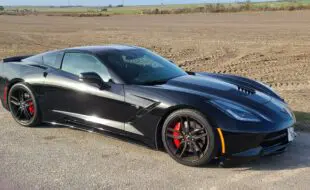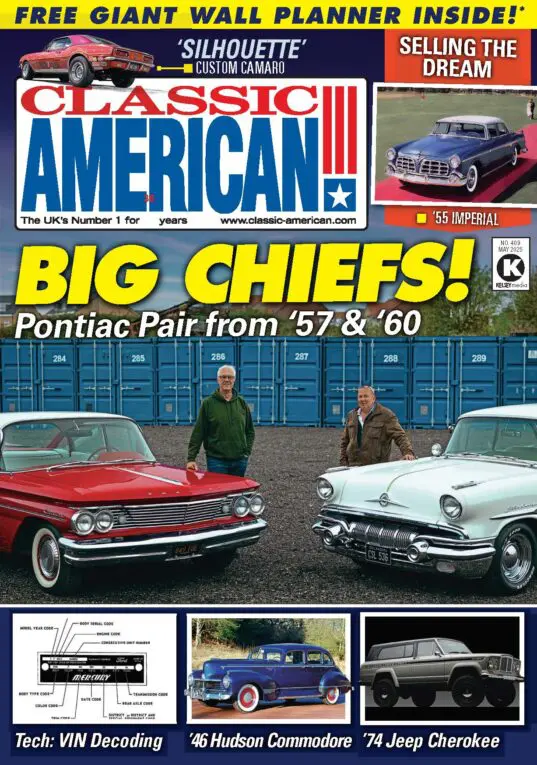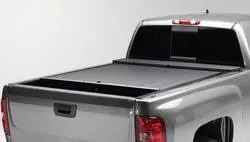Editor Ben Klemenzson gets up close and personal with a British-based example of the all-new for 1970 Lincoln Continental. They don’t get bigger or heftier than this, so if you like your cars big and bouncy, you’ll love this Conti’…
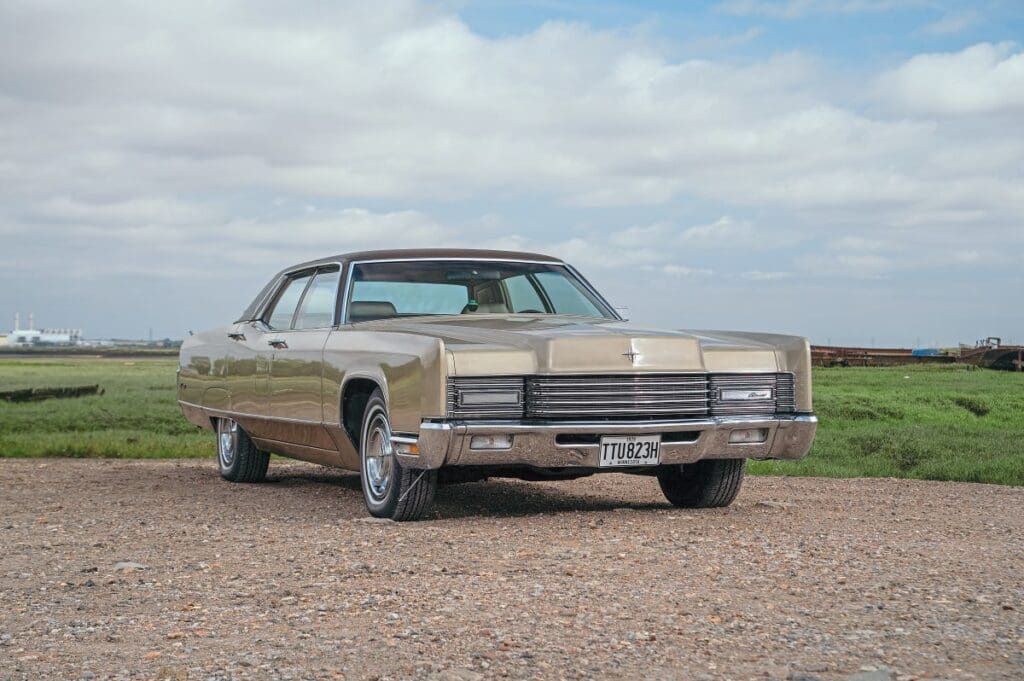
Words: Ben Klemenzson Photography: Matt Richardson
When American car manufacturers utter the phrase ‘all new’ they’re often actually telling porky pies. The truth is ‘all new’ often just meant a superficial restyle or some tinkering with grilles and trim, or a new engine even. That cannot be said of the 1970 Lincoln Continental which really was all new. The previous Continental, first introduced in 1961, had laboured on for well over a decade and by the end of the Sixties was starting to look and feel a bit jaded. Of course, Lincoln’s USP in the luxury car market was that by not undergoing dramatic styling changes every three years, one could always recognise a Continental – admittedly it grew longer and changed grilles and other minor aesthetic details; however, this consistency meant these Lincoln Continentals held their values well when it came to resale and were always immediately recognisable.
Enjoy more Classic American reading in the monthly magazine.
Click here to subscribe & save.
Colloquially, we know those earlier, Sixties Lincoln Continentals as ‘clap hand’ Lincolns because of their suicide doors, or more darkly and latterly as ‘Kennedy Lincolns’. Never has a car been seared on the collective human imagination so dramatically as the Continental which bore John F Kennedy on that fateful day in Dallas. Despite that negative association, this generation of Continentals has a small but loyal following and enthusiastic owners point to those early ’60 to ’63 Continentals as bastions of good taste, refined engineering, with little in the way of chrome gingerbread or over-the-top design – they weren’t even that big compared with the ’58-’60 behemoths that preceded them, ‘European’ almost. And maybe that’s where the problems started with the American car industry, as from the Sixties on, with the age of universal jet travel, more Americans went abroad, to Europe specifically, and all of a sudden anything European was seen as cool and aspirational, at least on the metropolitan East and West Coasts…
How was Lincoln going to follow up what many agree had been an immensely successful run of a highly regarded model? They might not have the volumes of Cadillac, but they might argue it was a case of quality over quantity. The bosses at Lincoln – Fred Bloom, the division’s chief engineer, Steve Russell, planning manager and Bud Grissinger, director of Lincoln Mercury design – realised this would be a massive undertaking and a completely ‘clean sheet design’ approach was required.
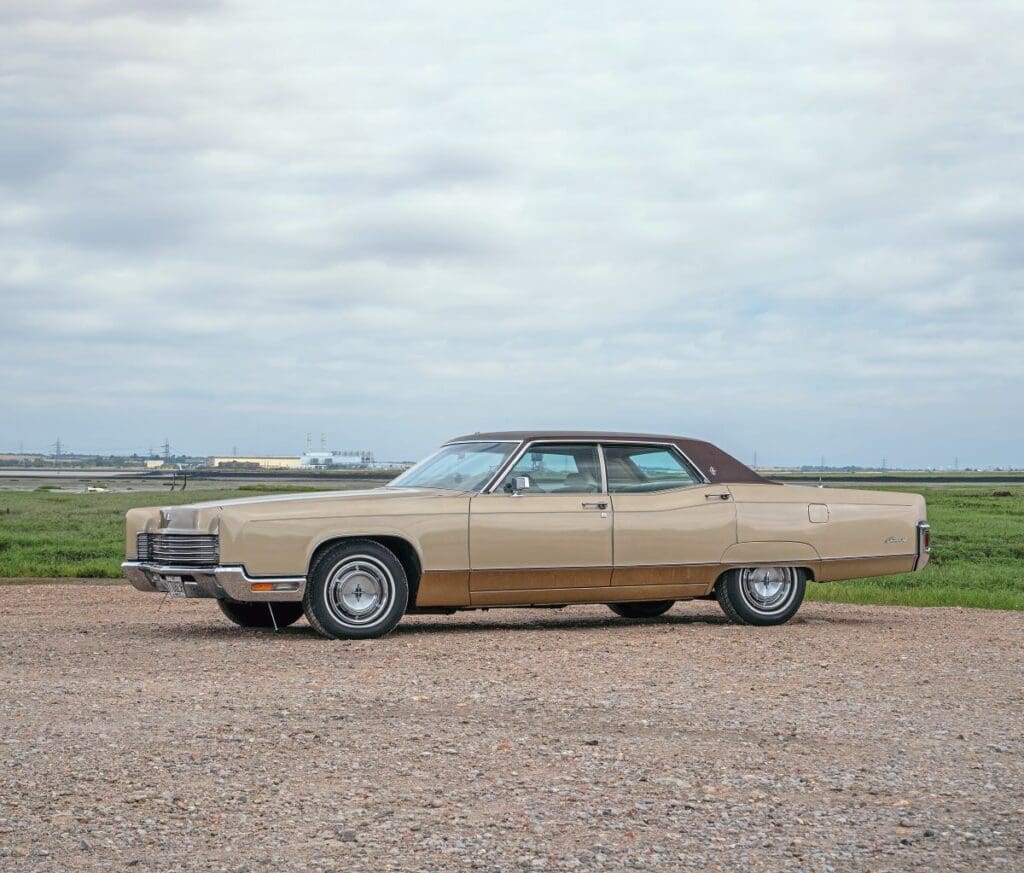
Probably the most major change undertaken was the shift from unibody to body-on-frame construction. Considering all the fuss that was made about the benefits of unibody construction in the late Fifties and early Sixties by Ford, it seems almost a step backwards. Fred Bloom, Lincoln’s chief engineer, explained at the time to Motor Trend in August 1969 that it cut down noise and made for a better ride, as well as (believe it or not!) making the car lighter – as the ’61-’69s got bigger, they got heavier – the all-new ’70 was actually 300lb lighter than the ’69… There was also the fact that it was cheaper to build than a unibody car and the chassis could be shared with other divisions at Mercury and Ford too. The new frame also meant a new suspension, a with coil-link system replacing the Hotchkiss set-up on the back. Front suspension remained an independent spring set-up, but with higher-rate springs and shocks to firm things up.
Another new-for-1970 significant piece of engineering at Lincoln was the Sure-Track anti-skid brake system engineered by Kelsey-Hayes, as fitted on our feature car. These were offered on the Continental Mark III and Thunderbird from late 1969 as a $200 option and according to Motor Trend was also meant to be available on the Continental, becoming standard from 1974. The new decade meant new attention to safety, something Ford had got a reputation for, and 1970 was the first year that steel belted radial tyres were offered as standard equipment as well as hazard warning lights.
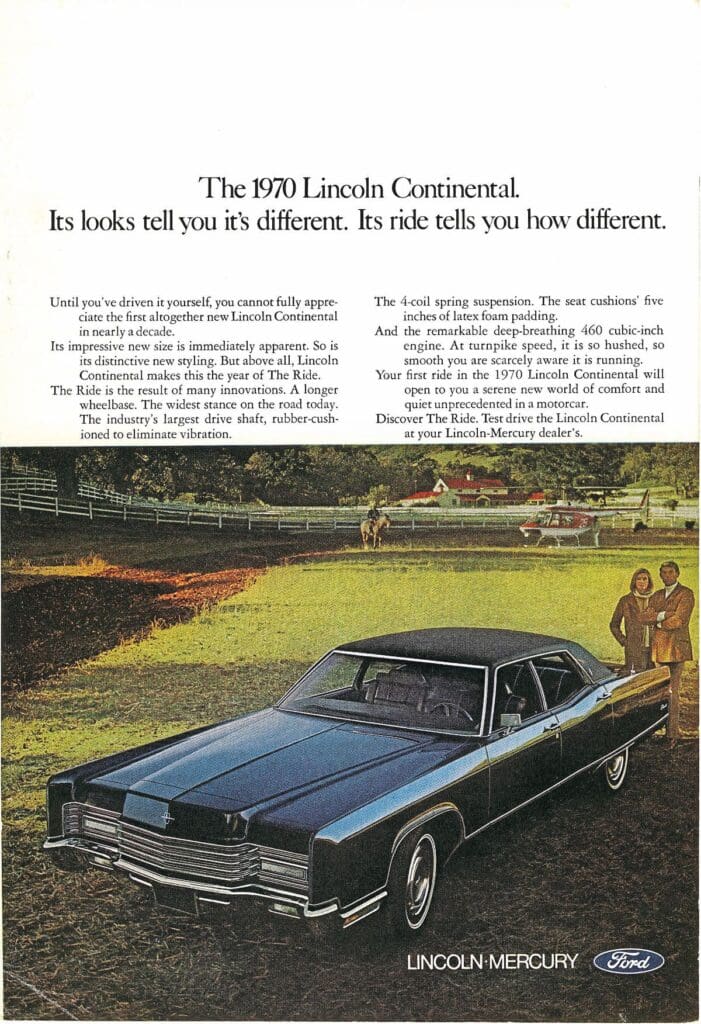
Lashings of luxury
Now, while the 1970 was ‘all new’ in every sense of the word, there was an effort to maintain its Lincoln identity – no sense in discarding all that hard-fought-for distinctiveness of the previous generation of Continentals. Hideaway headlights were the ‘thing’ in 1970 and just about everyone was offering them, from the Mercury Cougar to the Ford Thunderbird et al. Also new were hideaway wipers, which disappeared below the rear lip of the bonnet, and the front grille had something of the coffin-nosed Cord (see this month’s cover car) about it, with its heavy horizontal linear details. Sadly, for purists the trademark suicide doors were dispensed with in favour of a more conventional layout. This was in an effort to woo potential Cadillac defectors (surveys had revealed typical Cadillac customers were not fans…). Full-width tail-lights were recessed in the big heavy back bumper and while having the appearance of a bigger, bulkier car, the dimensions were in fact very similar to the the 1969 model it replaced, with it being barely an inch longer.
Of course, you don’t buy a Lincoln for safety features or fuel economy; no, you buy it because it’s basically like a La-Z-Boy on wheels and in many cases was/is better equipped than some people’s homes. Standard equipment included automatic transmission; power steering, windows and front disc brakes; and two-way power bench seats. Also included as standard were fender skirts and custom pin stripes. For 1970 there were 41 totally new standard and optional features on the Continental and this, of course, is where Ford made its margins. Imagine, sitting down in the dealership you could easily rack up the basic cost of the car in options alone. Automatic temperature control was $523 and 96% of Continentals were offered with both air conditioning and tinted windows.
From Minnesota with love
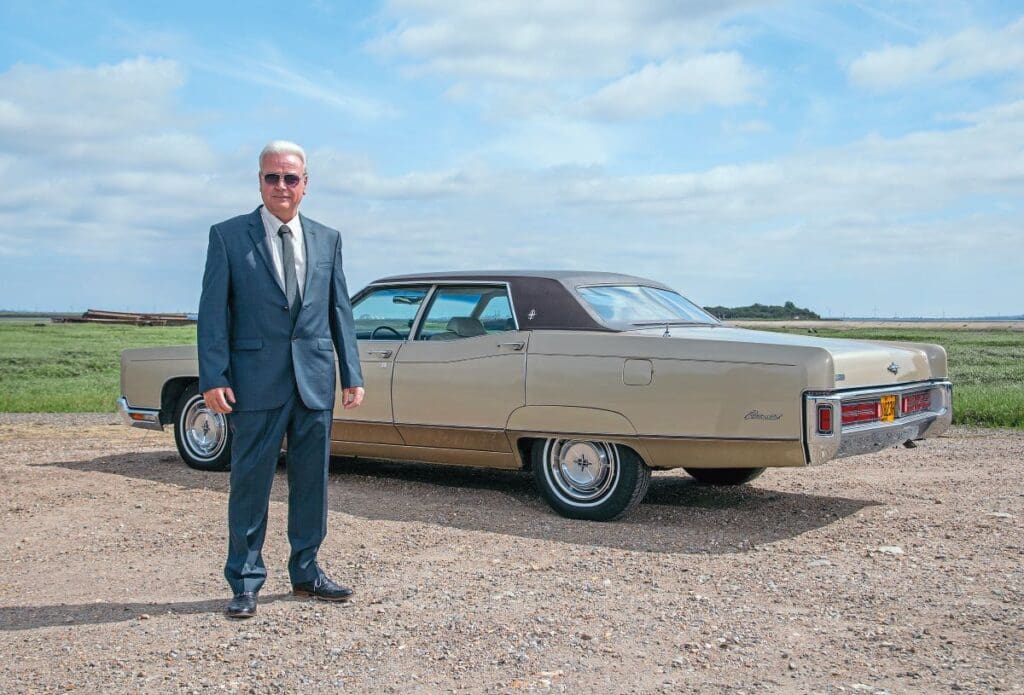
So, what about our feature car? This belongs to Max Gordon from Kent, who’s owned the car for about five years and believes it came from an estate sale in Florida, via the second owner in Virginia. It’s believed the car’s original owner purchased it in Minnesota and presumably, as a ‘snowbird’ (those North Americans who migrate from the snowier climes of the north to the warmer climes of Florida or the west) used the car to drive down to their property in Florida where they spent the winter. There’s a dealer badge on the back for Schneider Lincoln-Mercury, but a Google search brings up nothing, suggesting the dealership is now defunct.
The Lincoln was brought into the UK in 2016 by Dave Harvey, a familiar face on the UK American car scene, who makes an annual pilgrimage to the giant Hershey car meet in Pennsylvania and brings back whatever low-mileage beauty catches his eye to fund his trips. The car, with only 47k miles on the clock, was shipped over by Kingstown Shipping (www.kingstown-shipping.co.uk) who Dave has nothing but praise for in its handling of his cars. Dave remembers it as “driving really beautifully”. Since owning it Max hasn’t had to do much to the car other than tyres, batteries and some springs on the rear.
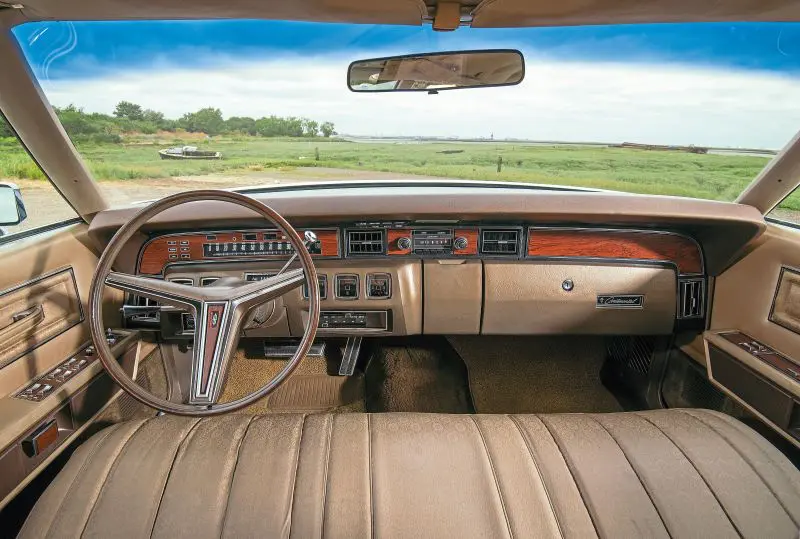
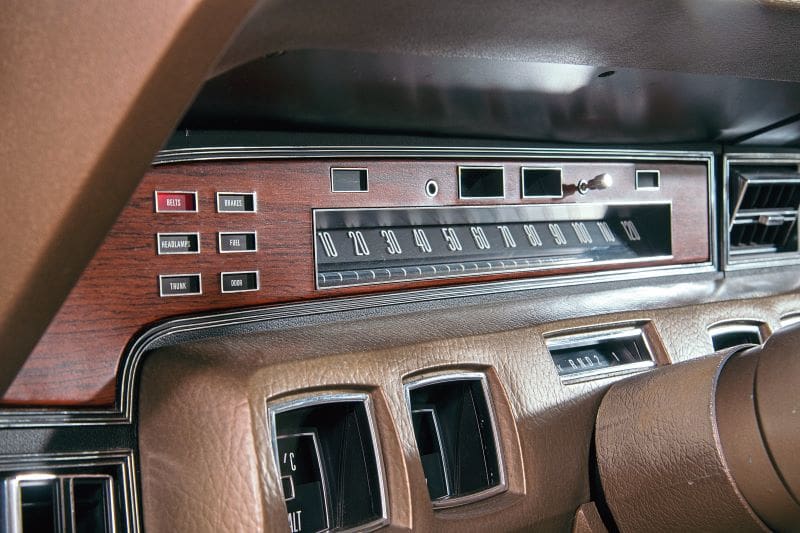
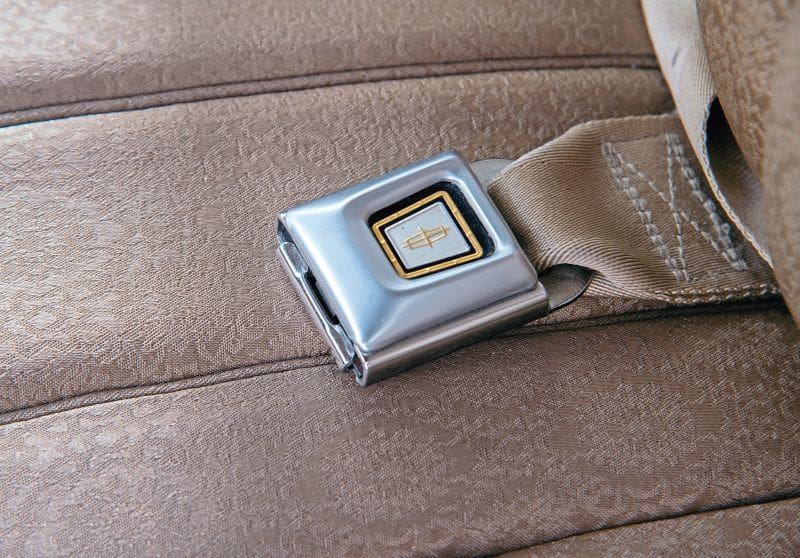
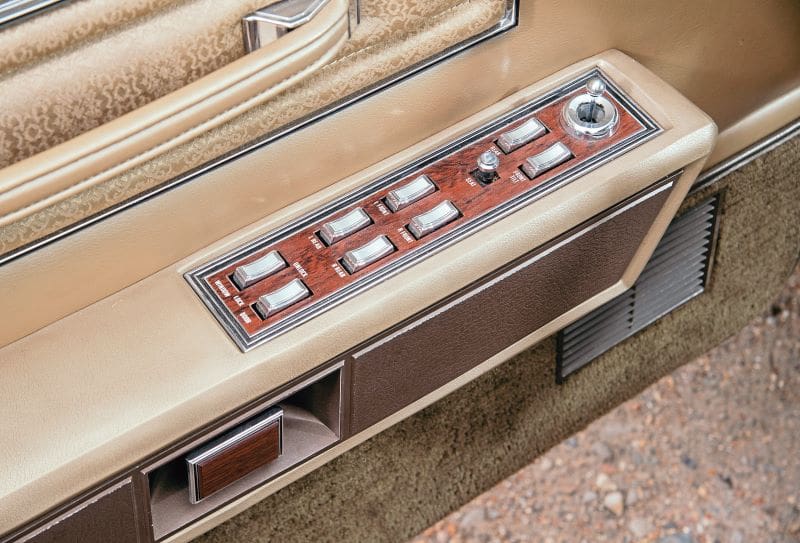
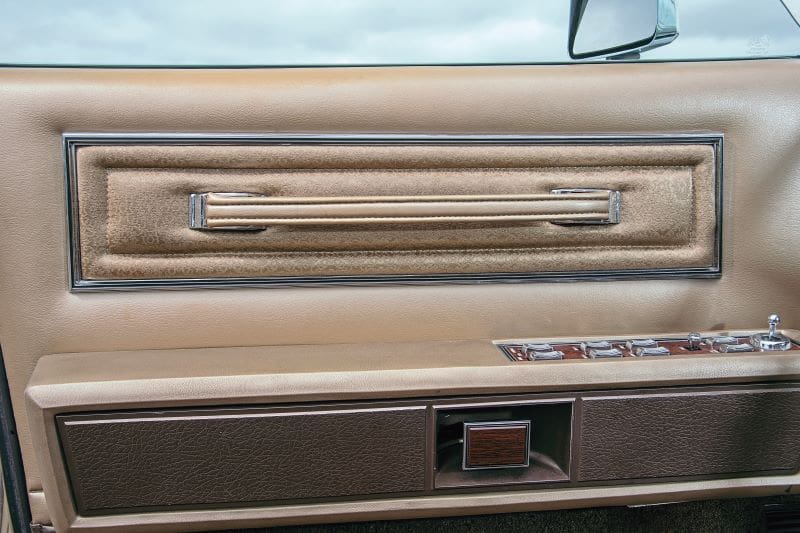
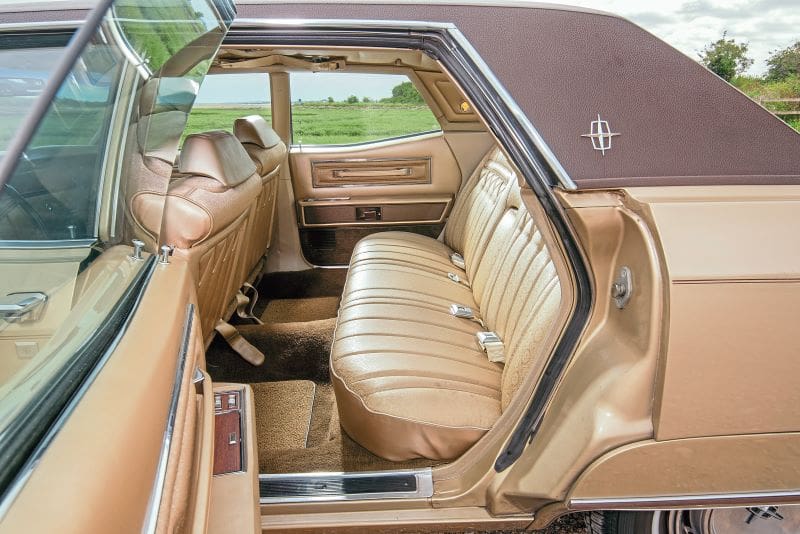
Max’s Continental is, as the Americans would say, ‘fully loaded’ with Sure-Track brakes, climate control and six-way power seats. The only option boxes not ticked were passenger door mirror and auto-dipping headlights… Max added the ‘whiskers’ or kerb feelers for helping with parking, super useful when parking such a big beast.
Max loves driving the car and takes it out most weekends, although one of the downsides to having such an eye-catching car is people get distracted… so distracted, in fact, that they end up driving into the back of you, as Max has unfortunately discovered on more than one occasion and is currently in discussion with his insurance company about repairs/replacing the rear bumper. The only other problem has been tricky electric windows, although as a 53-year-old, one can forgive the big Conti’ the odd electrical glitch. Amazingly, this is Max’s first American car, although previous classics have included Corsairs and Granadas.
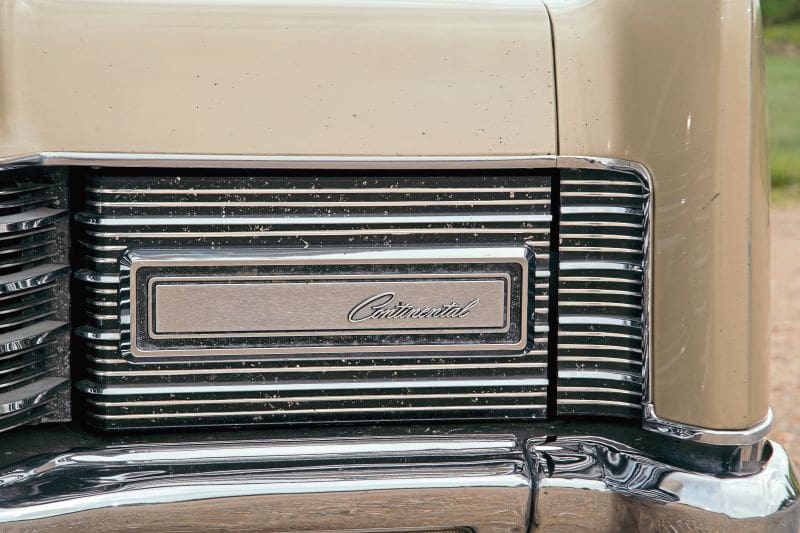
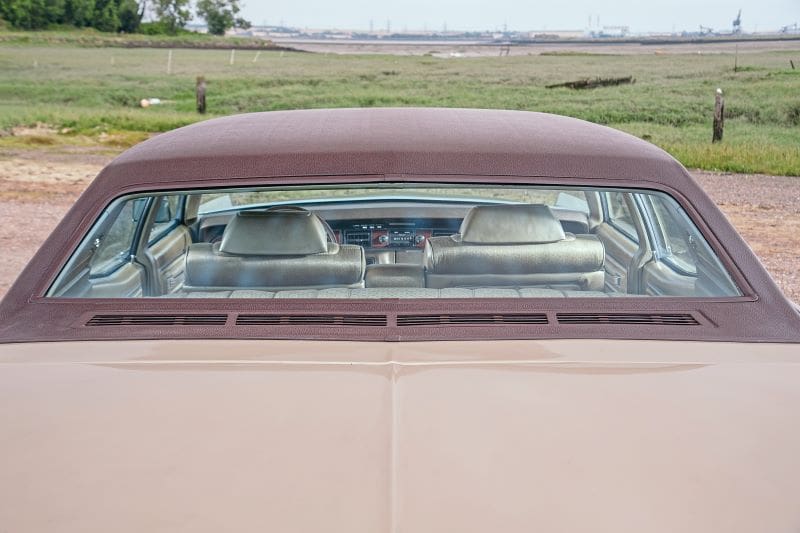
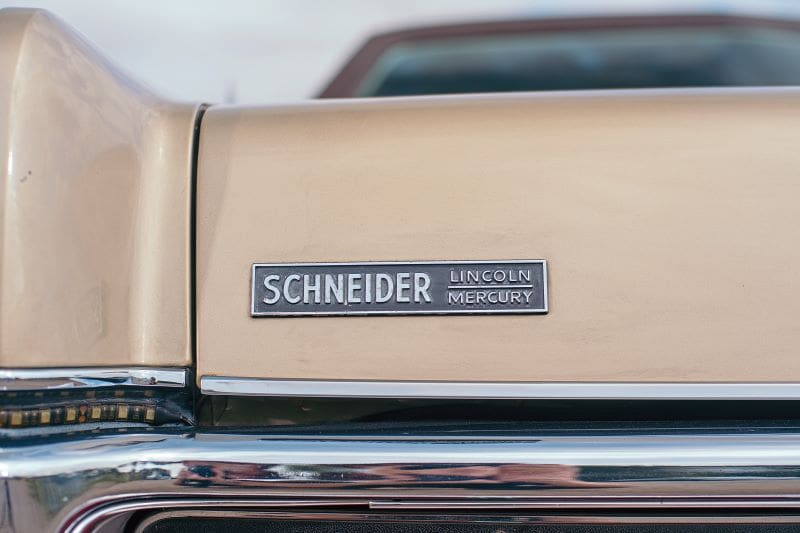
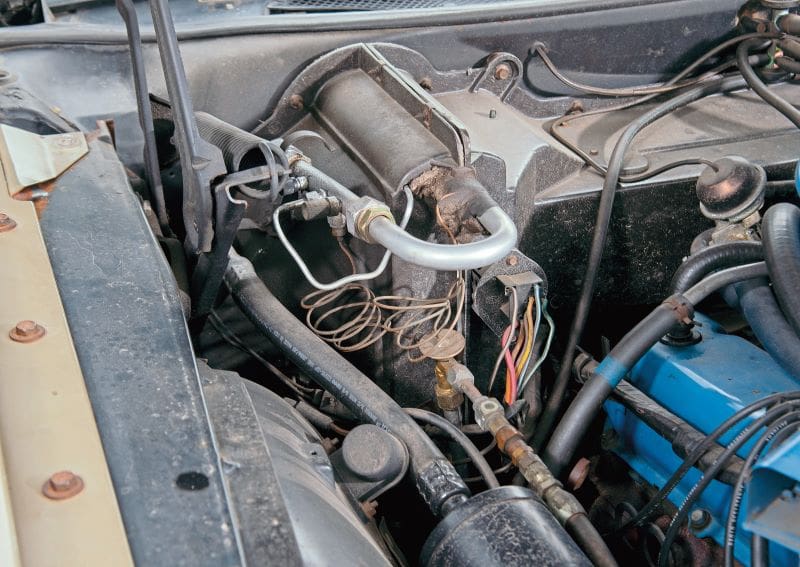
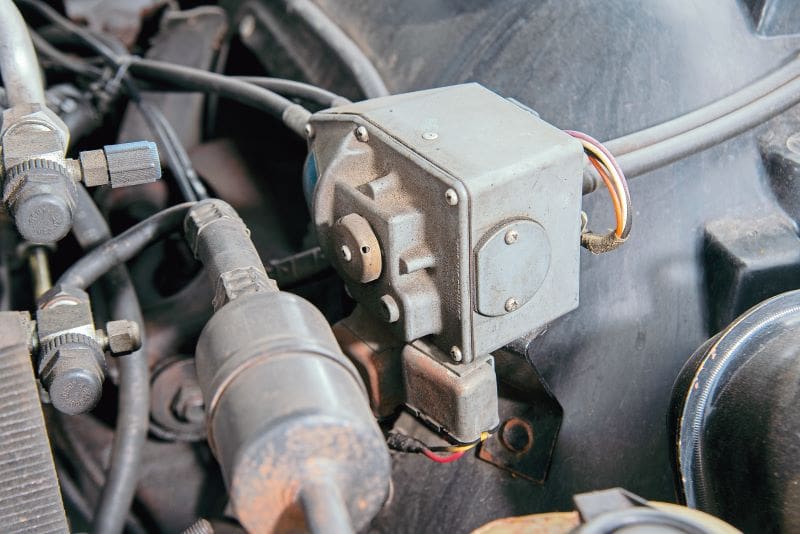
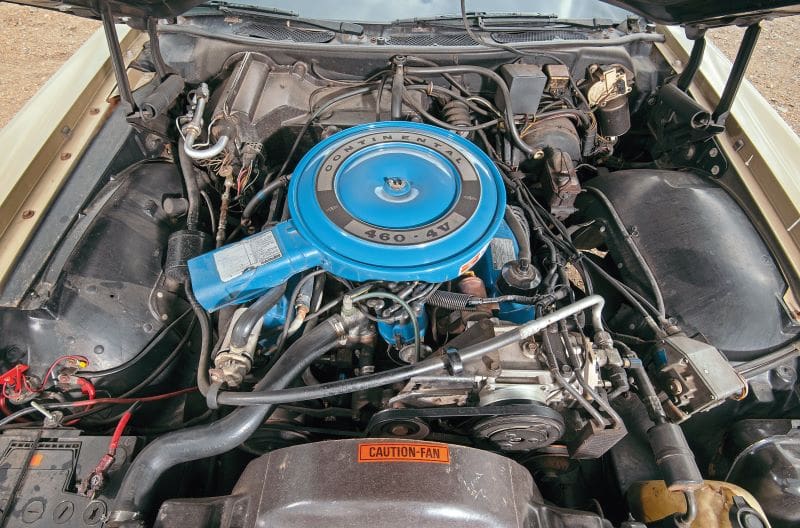
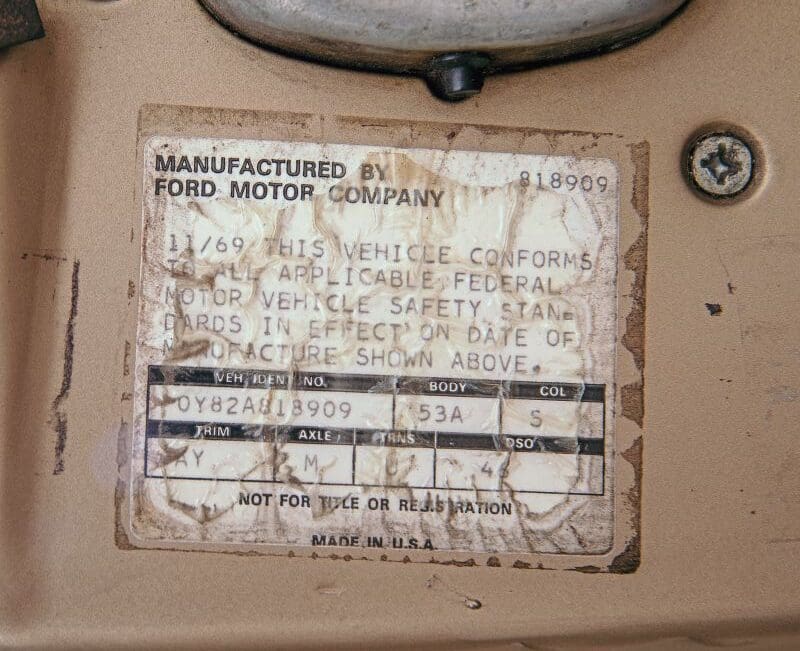
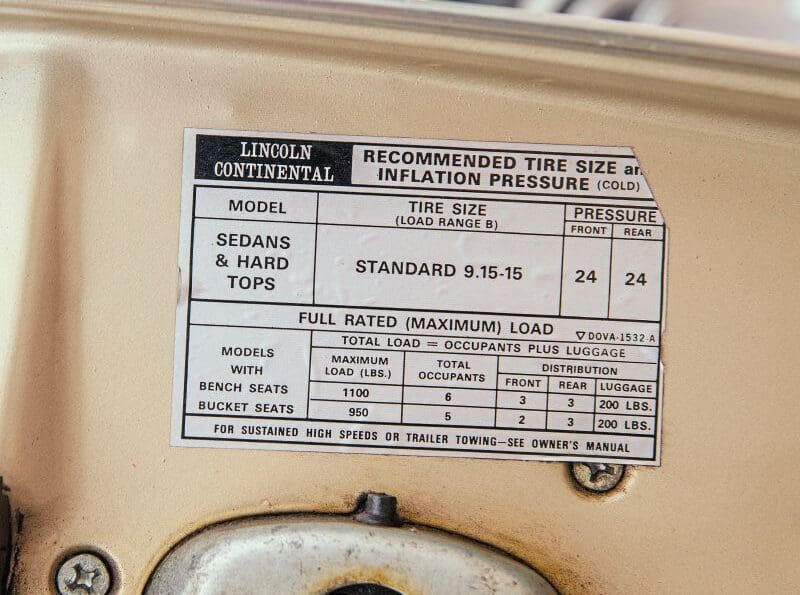
So, what attracted him to the Lincoln? “I’ve just always loved that style of American car: full-size, four-door,” he explains. While the 12-14mpg might make most owners wince, Max says: “It’s not the end of the world” and that’s exactly the kind of positive attitude we’d expect of someone who owns such a remarkable piece of rolling American automotive history.
Hats off to people like Max for keeping big beautiful behemoths like this rolling on the highways and byways of Britain and making it a much more interesting place to be.
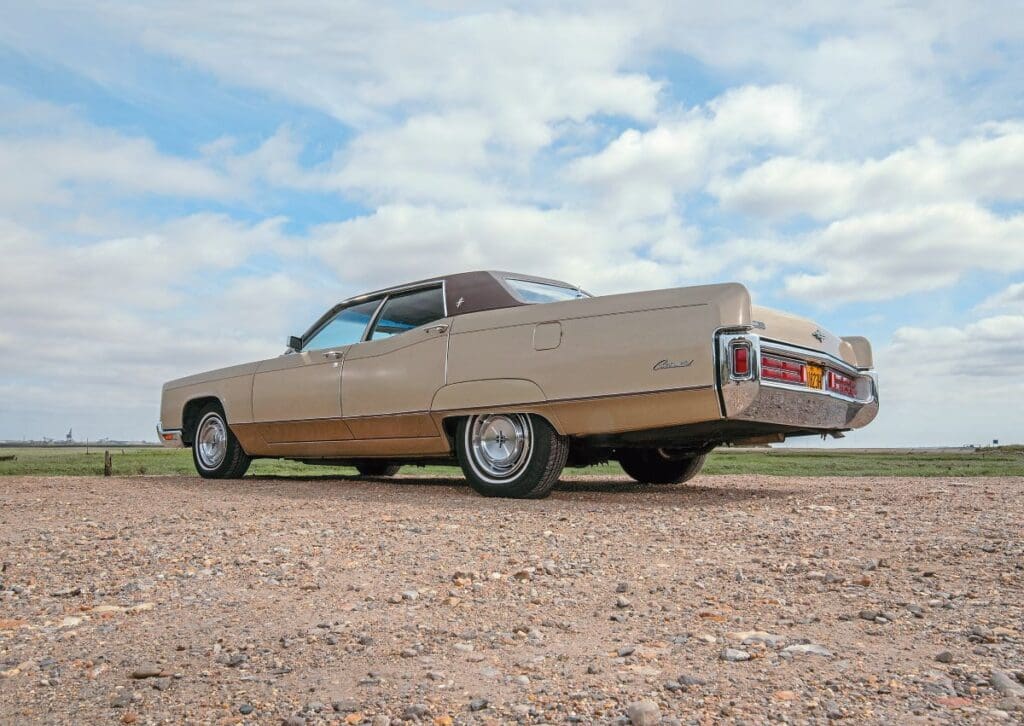
What the critics said
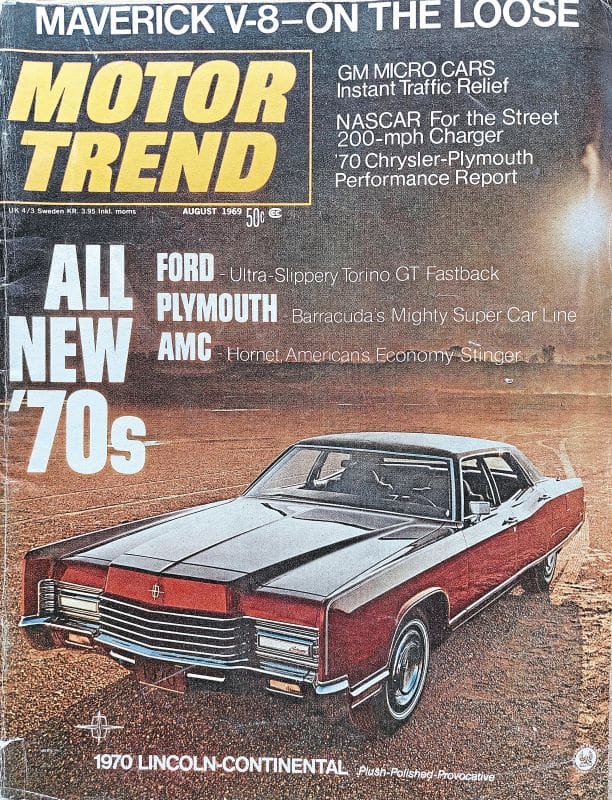
“On a test-drive around the Ford test track at Dearborn, we were quite impressed by the improved handling qualities and ride comfort of the new car. Even on the handling road with numerous sharp curves, the prototype we drove always kept a tight hold on the surface, with no noticeable wallowing or dipping. Levels of comfort and quietness similar to the Mark III have been a goal of Lincoln engineers, and they’ve succeeded admirably… Interior roominess has been increased measurably. There is more leg, shoulder, hip and headroom… Outside styling is all new, but still retains the basic Continental look with a touch of Mark III… It is interesting to note that side sculpturing is remarkably similar to some recent GM offerings, such as the Buick Electra…. If it’s possible to improve an already excellent luxury car, we think Lincoln has.” Motor Trend, August 1969
1970 Lincoln Continental Spec
- Engine: 460cu in V8
- Compression: 10.5:1
- Bhp: 365@4600rpm
- 0-60: 8.5 seconds
- Wheelbase: 127 inches
- Overall length: 225 inches
- Width: 79.6 inches
- Weight: 5049lb
- Luggage capacity: 19.1 cu ft
- Tyres: 9.15 x 15
- Fuel tank capacity: 24 gallons (US)
- Price when new: $7000
- Production total: 28,622 (plus 3073 hardtop coupes)


